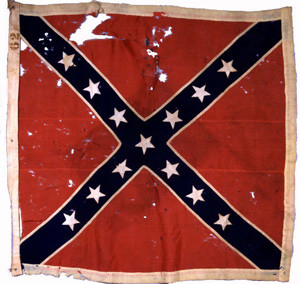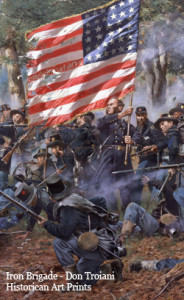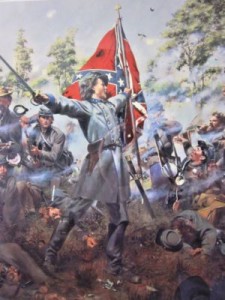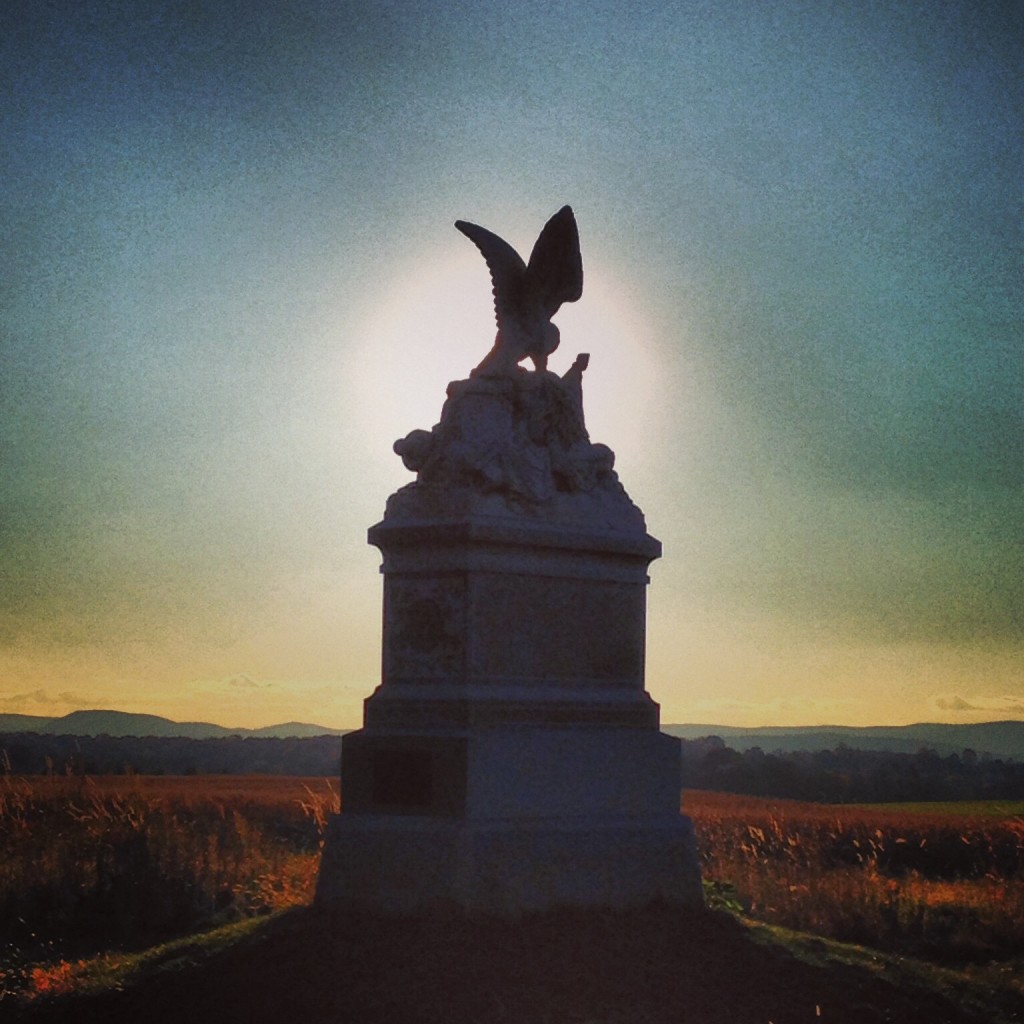Lyrics
Don’t Let Me Go
I was brought to life – from the hands of a wife As she sewed with conviction and pride Her husband & sons – they loaded their guns As she prayed, “don’t let them die”
Her tears stained my colors, like sunshine and thunder As she worked throughout the night The fabric she used – was tattered and bruised Like the WAR they were about to fight
So don’t let me go, don’t let me fall Let me fly brave like a reckless cannon ball Through the smoke and the bullet filled sky
Soldier take heart, lift up your eyes You’ll find me there, like an answer to prayer Mothers and daughters, brothers and Fathers Are found in the colors I bare
Another battle was raging, but I kept on waving As death assaulted the air With honor they fell, a bitter farewell Their last glance was to see if I was still there?
I was captured and kept, with gracious respect For when this war was done I was returned to the Mother, who created my colors Now stained with the blood of her husband & sons
Years have now past – we forget so fast The tears have now all sense dried I hang outside – so anxious to fly but most just pass me by
The stains I still wear – take me back there Where sacrifice was defined So when the wind comes – the spirit of Father & sons Reminds me I’m still alive
Story
 Don’t Let Me Go “The men of the 26th Regiment would dress on their colors in spite of the world!” –The 26th N.C. Monument on Cemetery Ridge, Gettysburg The battle flags during the Civil War served two purposes: practical and symbolic. First, the battle flag served to identify and position large bodies of troops, aligning them for battle. By directing the battle flag, commanders directed their men. The first thing a new soldier learned during the Civil War was: “Where the colors are the regiment is supposed to be.” In battle, the soldier always concentrated their attention on their battle flag, for it told them where to be. Soldiers in battle moved forward as the flag moved forward.
Don’t Let Me Go “The men of the 26th Regiment would dress on their colors in spite of the world!” –The 26th N.C. Monument on Cemetery Ridge, Gettysburg The battle flags during the Civil War served two purposes: practical and symbolic. First, the battle flag served to identify and position large bodies of troops, aligning them for battle. By directing the battle flag, commanders directed their men. The first thing a new soldier learned during the Civil War was: “Where the colors are the regiment is supposed to be.” In battle, the soldier always concentrated their attention on their battle flag, for it told them where to be. Soldiers in battle moved forward as the flag moved forward.  Second, the battle flag was a “source of motivation; it inspired men to acts of military excellence, of bravery and of gallantry above and beyond the call of duty.” Typically, newly formed companies and regiments were given a flag designed and sewn together by the mothers, wives, daughters and sisters of the men in the unit. As a result, it symbolized the emotional ties of family and community. In the symbolic language of color, shape, design and inscription, the battle flag become a material representation of home; to protect the flag was to protect your mother, your wife, your daughters. Because of the unique blending of the practical command and control role of the battle flag with the inspirational power of symbolic representation of home, battle flags were an integral part of Civil War combat and the conduct of the men who carried them—often determining the outcome of a contest. As one commentator, Richard Rollins noted:
Second, the battle flag was a “source of motivation; it inspired men to acts of military excellence, of bravery and of gallantry above and beyond the call of duty.” Typically, newly formed companies and regiments were given a flag designed and sewn together by the mothers, wives, daughters and sisters of the men in the unit. As a result, it symbolized the emotional ties of family and community. In the symbolic language of color, shape, design and inscription, the battle flag become a material representation of home; to protect the flag was to protect your mother, your wife, your daughters. Because of the unique blending of the practical command and control role of the battle flag with the inspirational power of symbolic representation of home, battle flags were an integral part of Civil War combat and the conduct of the men who carried them—often determining the outcome of a contest. As one commentator, Richard Rollins noted:
Men carried it, followed it, tried to capture it, fought over it and willingly gave their lives for it, but in combat they always concentrated their attention on it.
 In this song Andrew captures the feelings of the “fathers and brothers, mothers and daughters” from the view of the battle flag itself–its practical and motivational power. The powerful mystique many Americans still feel about our national colors today arises from the ability of the flag to symbolize who we are, what we stand for. Even though we don’t use battle flags today in combat, the memory of the Civil War battle flag’s practical and symbolic purposes remains. Today’s Marine Officer’s Guide is clear about the importance of U.S. and Marine Corps flags: Colors or standards must never fall into enemy hands.
In this song Andrew captures the feelings of the “fathers and brothers, mothers and daughters” from the view of the battle flag itself–its practical and motivational power. The powerful mystique many Americans still feel about our national colors today arises from the ability of the flag to symbolize who we are, what we stand for. Even though we don’t use battle flags today in combat, the memory of the Civil War battle flag’s practical and symbolic purposes remains. Today’s Marine Officer’s Guide is clear about the importance of U.S. and Marine Corps flags: Colors or standards must never fall into enemy hands.
